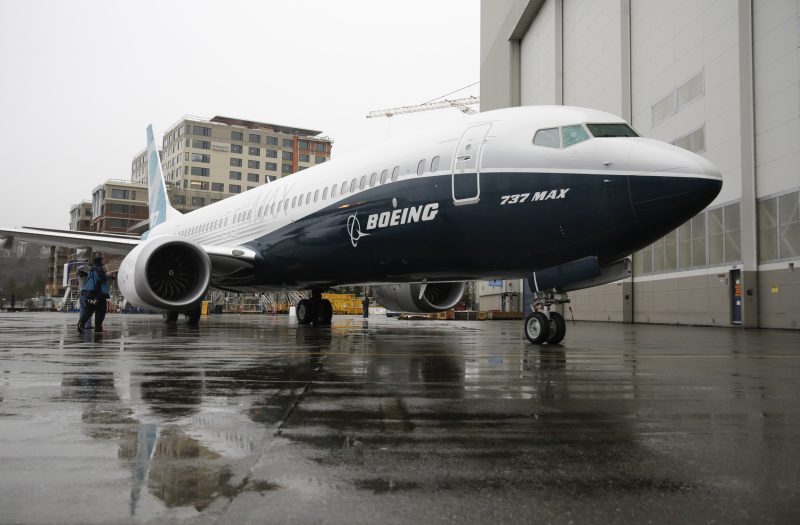
Boeing’s Recent 737 Max Mishap: Close Shave with Catastrophe, Yet Unlikely to Dodge Scrutiny!
Boeing’s Near Tragedy on Latest 737 Max: An Incident that Escapes Disaster but not Scrutiny
Boeing found itself back in the headlines recently when its latest 737 Max narrowly escaped a disastrous incident. Despite a successful sidestep of tragedy this time, it’s quite evident from the global reaction that Boeing will not escape the vigilant scrutiny of national regulators, international aviation watchdogs, industry experts, and the flying public.
The recent Boeing 737 Max failure marks yet another notch in a series of technical issues that have haunted this aircraft model, further raising questions about Boeing’s commitment to safety and quality control. The persistent operational troubles have not only dealt a significant blow to Boeing’s reputation but have also impacted its commercial relations.
The aircraft, which had faced flight bans worldwide following two fatal crashes in Indonesia and Ethiopia, was recently allowed back into service after extensive modifications and scrutiny. However, the latest failure now seems to add fuel to the ever-growing fire of public distrust and calls for reassessment into how aviation safety regulations are implemented and monitored.
As Boeing breathed a sigh of relief that the recent malfunction didn’t escalate into a disaster, the event has nonetheless served as a grim reminder of the precarious nature of its 737 Max aircraft. This incident is deemed another wake-up call for Boeing, serving as an impetus for the high-profile company to renew its commitment to uncompromised safety and stringent quality control measures.
Regulators across the globe are understandably cautious in their approach to Boeing’s 737 Max, as even an inkling of safety risks could lead to significant disasters. The scrutiny is a consequence of accumulated errors over the years that have continuously raised anxiety around the 737 Max’s flightworthiness.
The Federal Aviation Administration (FAA), which gave Boeing the green light to let 737 Max return to skies, will, without a doubt, face criticism and be subjected to increased scrutiny concerning their decision-making process. The issues besetting the aircraft have also reignited conversations on the need for improved international standards for aircraft safety while questioning the influence that large corporations have on regulatory body decisions.
Critics argue that the string of problems that Boeing has encountered with the 737 Max underscores the inherent risks engendered by a business model that prioritizes speedy production over exhaustive testing and methodical checks.
While Boeing continues to grapple with the considerable fallout of its repeated faults, the company must make wholehearted efforts to regain the trust of regulators and customers alike. This can only be achieved through adherence to flawless safety protocols, transparency in operations, and a renewed commitment to putting customer safety above all else.
Though the latest Boeing 737 Max failure was fortunately not calamitous, the stakes remain high for Boeing. This incident underscores a prominent need for more stringent safety standards and heightened scrutiny, not just for Boeing, but for the aviation industry as a whole. Whether or not Boeing’s 737 Max can ever recover its reputation hinges upon the company’s response to these challenges in the coming months.
In the face of this daunting trial, it is paramount for Boeing and all other stakeholders to recognize that when it comes to the sky, the margin for error – or tragedy – is unacceptable. The way forward calls for exhaustive diligence, uncompromising commitment to safety, and unwavering scrutiny to ensure the aviation industry remains synonymous with safety.
